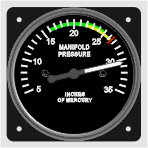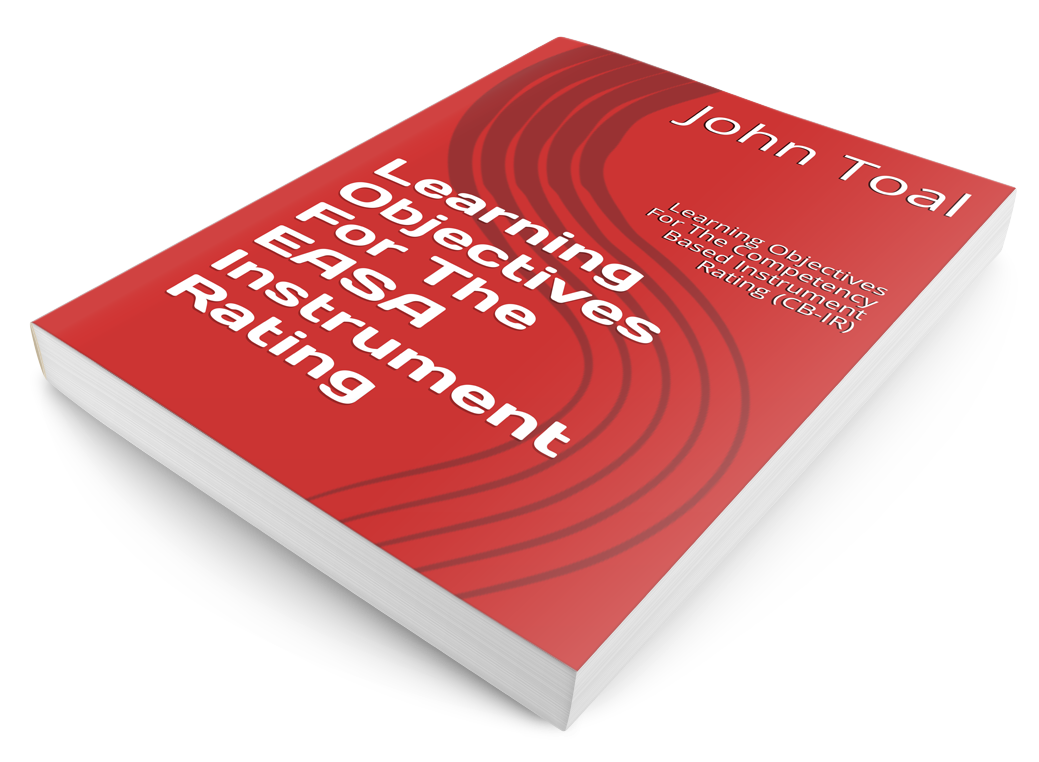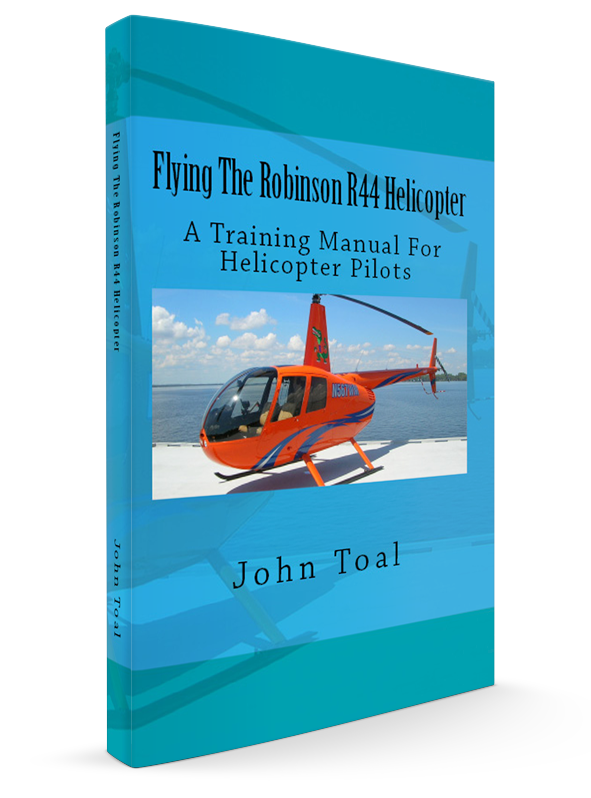Helicopter Power Checks
When is the last time you had to do a confined area approach or take-off? Do you still remember how to do a helicopter power check? If not – you need to read this post.
Power Checks
There is no point in attempting to do a confined area approach without first doing a power check. The power check will tell you if you have sufficient power to do the approach or take-off.
During your training you will have been taught that the amount of power available will determine the type of approach you will use e.g. normal, running landing, zero speed etc. However I have a different view on this. If you do not have sufficient power to allow you to come to the hover Out of Ground Effect (OGE), you should not attempt the landing. My reasoning for this is as follows; if you are limited to a particular type of landing and you are also limited on power, then you will only have one attempt at it. If you mess it up then there are no options available to you. Always ensure that you have sufficient power available to come to a hover OGE.
R44 Raven II
Landing
- Fly straight and level at 500′ above the landing site at Vy (best rate of climb speed) = 55kts. It does not matter if you are into wind or not. Just make sure you are flying at Vy. Take a note of the manifold pressure at this speed.
- Find the pressure altitude by setting the sub-scale on the altimeter to 1013 mb and then reset to the QNH. Refer to the power table (mounted above the windscreen on the pilots side) and note the 5min power value.
- Subtract the power you were using at Vy from the 5min power value to find the POWER MARGIN.
- If the power margin is less than 7″ then you do not have enough power to hover OGE and you should not attempt the landing.
Take-off
- Come to a hover approximately 2′ AGL and take note of the manifold pressure.
- Find the pressure altitude by setting the sub-scale on the altimeter to 1013 mb and then reset to the QNH. Refer to the power table (mounted above the windscreen on the pilots side) and note the 5min power value.
- Subtract the power you were using in the hover from the 5min power value to find the POWER MARGIN.
- You will require a minimum of 2″ power margin to do a vertical take-off and climb OGE. 1.5″ will be required to do a normal take-off.
R22 (almost identical to R44)
Landing
- Fly straight and level at 500′ above the landing site at Vy (best rate of climb speed) = 53kts. It does not matter if you are into wind or not. Just make sure you are flying at Vy. Take a note of the manifold pressure at this speed.
- Take note of the maximum manifold pressure you are allowed to use (depends on model of aircraft).
- Subtract the power you were using at Vy from the max. manifold pressure value to find the POWER MARGIN.
- If the power margin is less than 7″ then you do not have enough power to hover OGE and you should not attempt the landing.
Take-off
- Ensure carburetor heat is fully cold.
- Come to a hover approximately 2′ AGL and take note of the manifold pressure.
- Take note of the maximum manifold pressure you are allowed to use (depends on model of aircraft).
- Subtract the power you were using in the hover from the max manifold pressure value to find the POWER MARGIN.
- You will require a minimum of 2″ power margin to do a vertical take-off and climb OGE. 1.5″ will be required to do a normal take-off.
If you follow the power check procedure you will not have any power issues on take off and landing and you will definitely feel more comfortable knowing this. If you would like information on other types of helicopter power checks, just let me know and I will find the information for you.
The power checks described above are relevant to circuits and confined area operations (among other things). Circuit procedures can be found here Circuit Procedures.
Did you enjoy this post? Why not leave a comment below and continue the conversation, or subscribe to my feed and get articles like this delivered automatically to your feed reader.









Comments
No comments yet.
Leave a comment